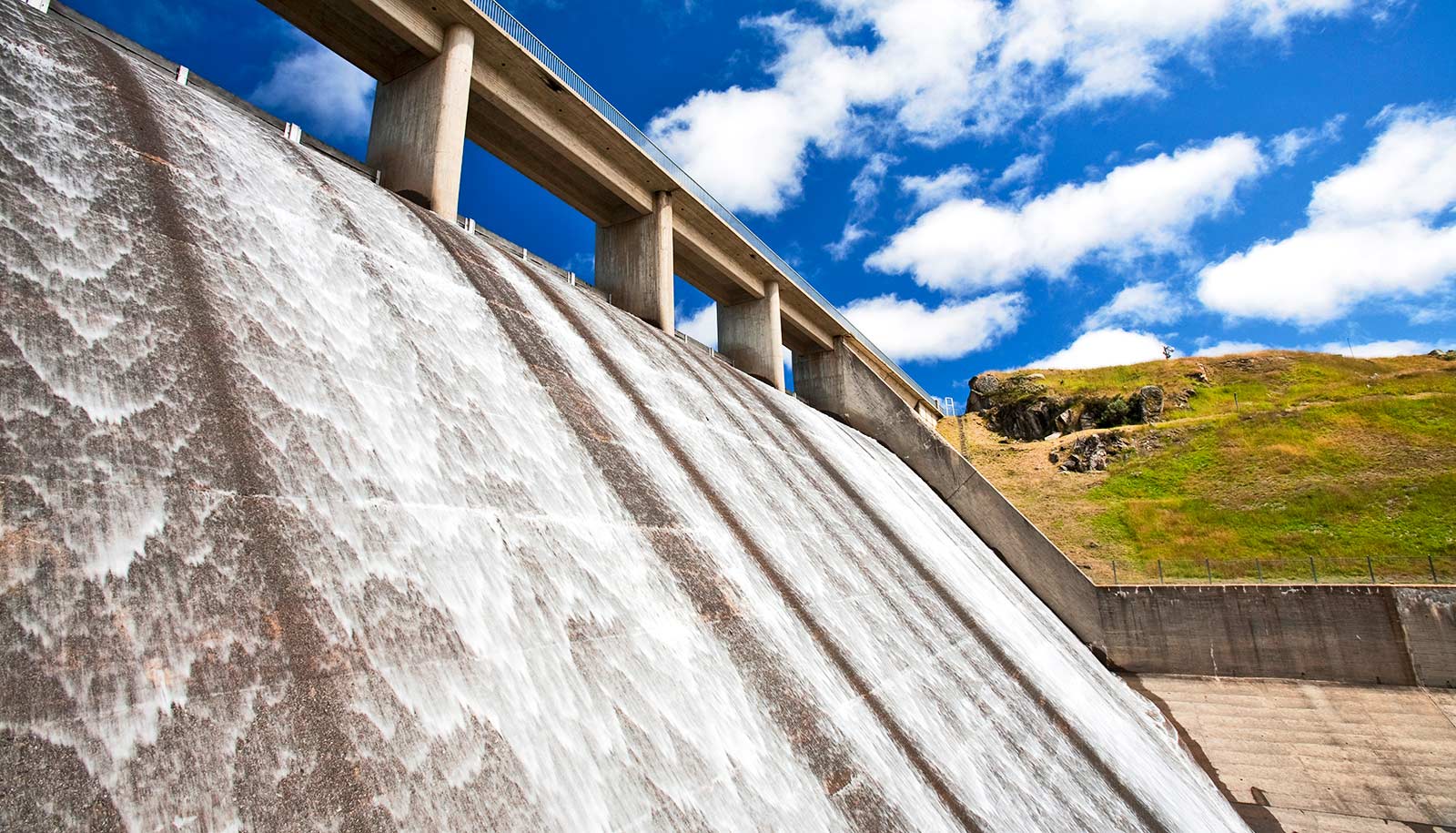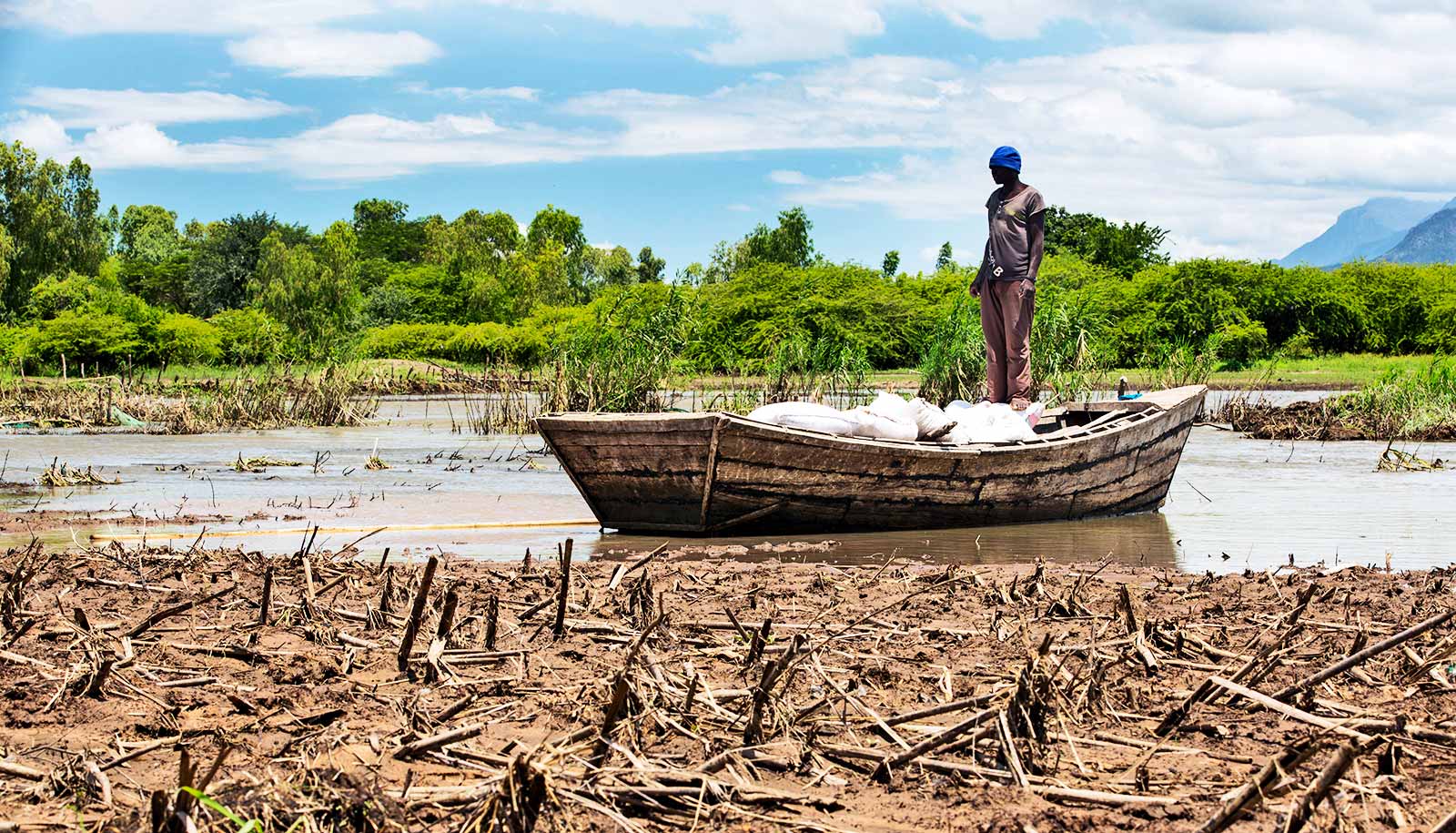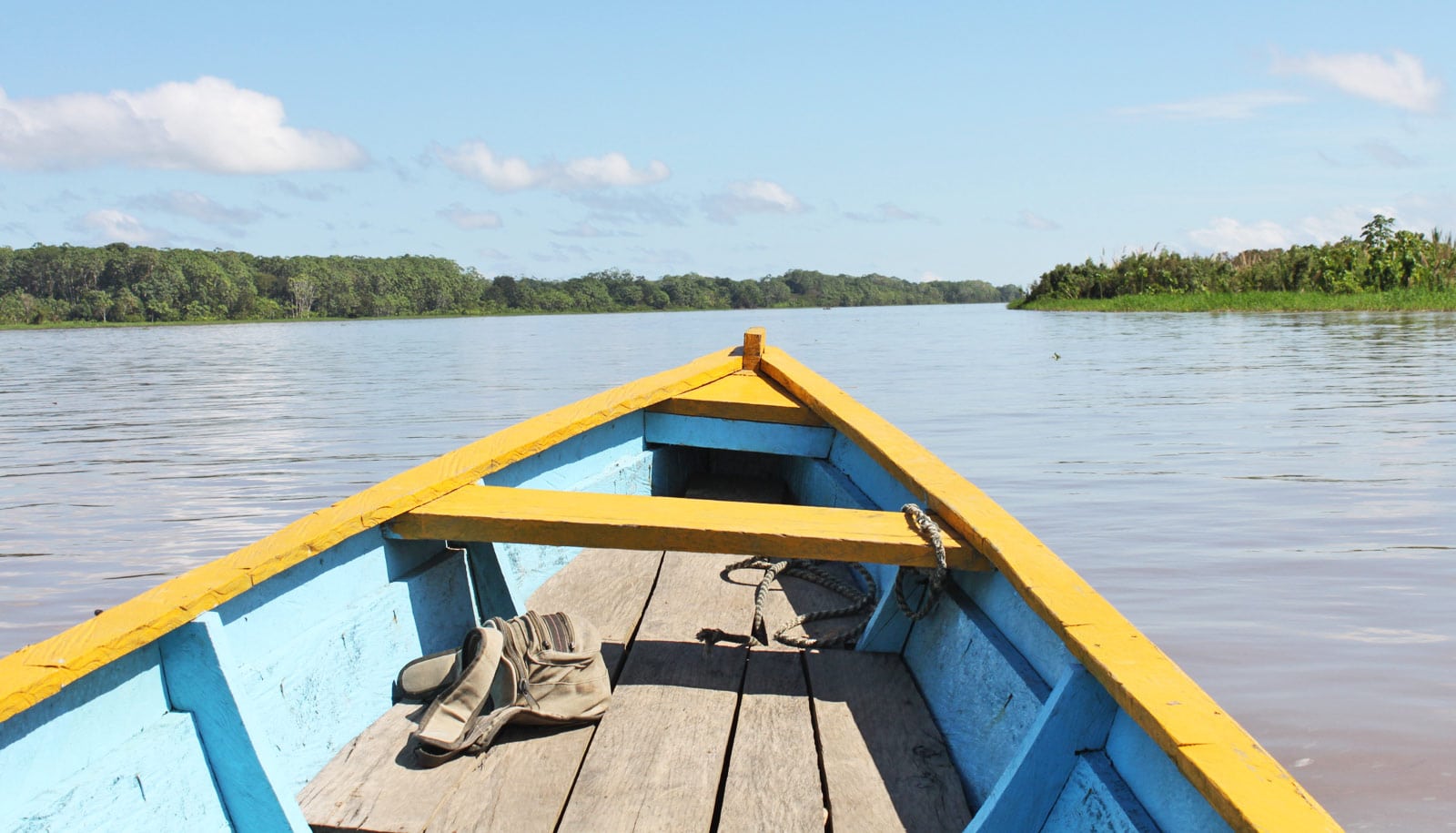Dams could play a significant role in feeding the world more sustainably, but they should only be used as a last resort, researchers say.
The researchers quantified how much water storage would be required to maximize crop irrigation without depleting water stocks or encroaching on nature, and how many people this approach could feed.
While dammed reservoirs could store more than 50% of the water needed for such irrigation, the researchers emphasize that large reservoirs are only part of the solution and recommend evaluating alternatives to building new dams due to their damaging impacts on river ecosystems.
“There is an urgent need to explore alternative water storage solutions, but we have to acknowledge that many dams are already in place,” says Rafael Schmitt, a lead scientist with the Stanford Natural Capital Project and lead author of the paper in the Proceedings of the National Academy of Sciences. “Our research illuminates the crucial role of water storage for ensuring food security in the future.”
Typical agricultural practices in many parts of the world deplete and pollute water resources, damage natural landscapes, and together generate one-fourth of global greenhouse gas emissions. Two-thirds of global cropland depends on rainfall and often makes up for its absence by using non-sustainable water resources, such as non-renewable groundwater, or impeding environmental flows.
Beneficial but only as a last resort
The researchers analyzed the amount of freshwater in surface and groundwater bodies generated and renewed by natural hydrological cycles, as well as water demands of current crop mixes on irrigated and rainfed lands.
They estimated that the full potential of storage-fed irrigation could feed about 1.15 billion people. If all 3,700 potential dam sites that have been mapped for their hydropower potential were built and partially used for irrigation, the world’s dams could supply enough water storage to irrigate crops for about 641 million people or 55% of the total.
Despite dams’ potential, the researchers caution against relying on them as a significant part of the sustainable irrigation solution, citing dams’ socio-environmental consequences, such as fragmentation of rivers, with impacts on fish migration and sediment transport, and displacement of people.
Dams are also less appealing for irrigation storage because of water loss, expense, and ecological damage related to the need for conveyance to distant agricultural fields, as well as higher levels of evaporation across large reservoirs’ large water surfaces.
“Amongst all supply and demand side options to increase food and water security, building more dams should be the last resort,” the researchers write.
Consider alternative solutions first
Alternative solutions to provide more environmentally sound water storage for irrigation include water harvesting with small dams, recharging groundwater systems with excess surface water from winter storms or spring snow melt, and better management of soil moisture on farm fields. These decentralized approaches lose less water due to evaporation, require less conveyance infrastructure, and often create co-benefits for local communities and wildlife.
Food systems might be an important driver of future dam construction, an aspect that has been so far overlooked, as debates around future dams have predominantly focused on hydropower, according to Schmitt.
Where irrigation will require more reservoir storage after alternatives are exhausted, the researchers urge strategic planning approaches to minimize impacts of future irrigation dams.
Additionally, the researchers highlight that the demand for stored water can be reduced through better irrigation techniques, or adoption of crops that are better aligned with water availability. With storage being such a bottleneck for future agriculture, better land management that reduces erosion—and thus sedimentation and storage loss—in existing reservoirs is an additional priority.
“Nutritional security is a core challenge for sustainable human development,” says senior author Gretchen Daily, cofounder and faculty director of the Stanford Natural Capital Project.
“Our study highlights the urgent need and opportunity for nature-positive investments into irrigation and water management to reduce harmful impacts of agriculture while supporting other vital benefits of farmland and freshwater ecosystems.”
Lorenzo Rosa, an assistant professor (by courtesy) of earth system science in the Stanford Doerr School of Sustainability and a principal investigator at the Carnegie Institution for Science’s Department of Global Ecology is a coauthor of the study.
The Wallenberg Foundation funded the work.
Source: Stanford University



